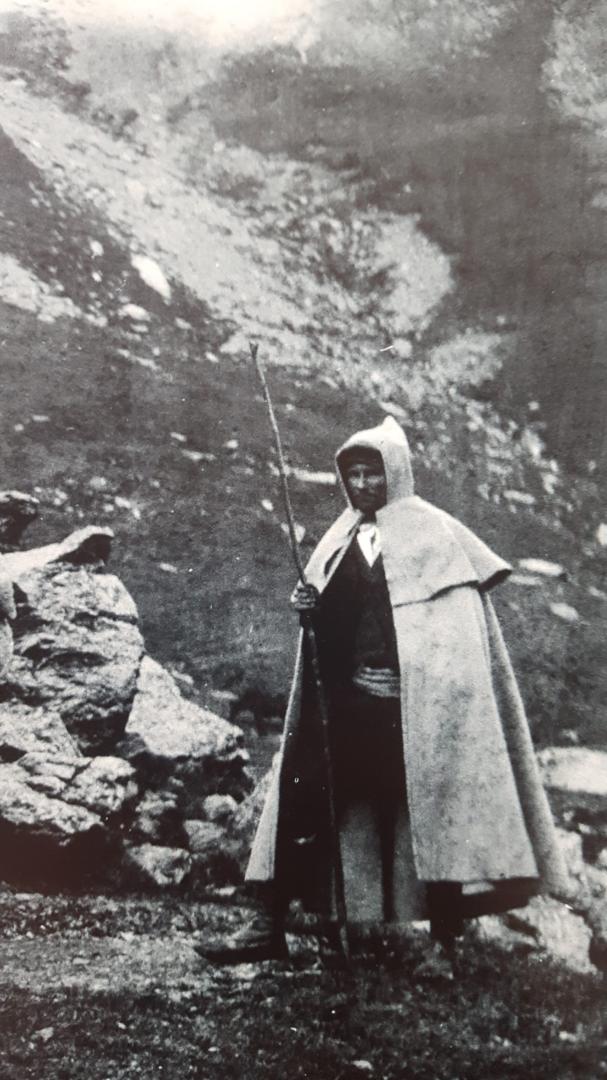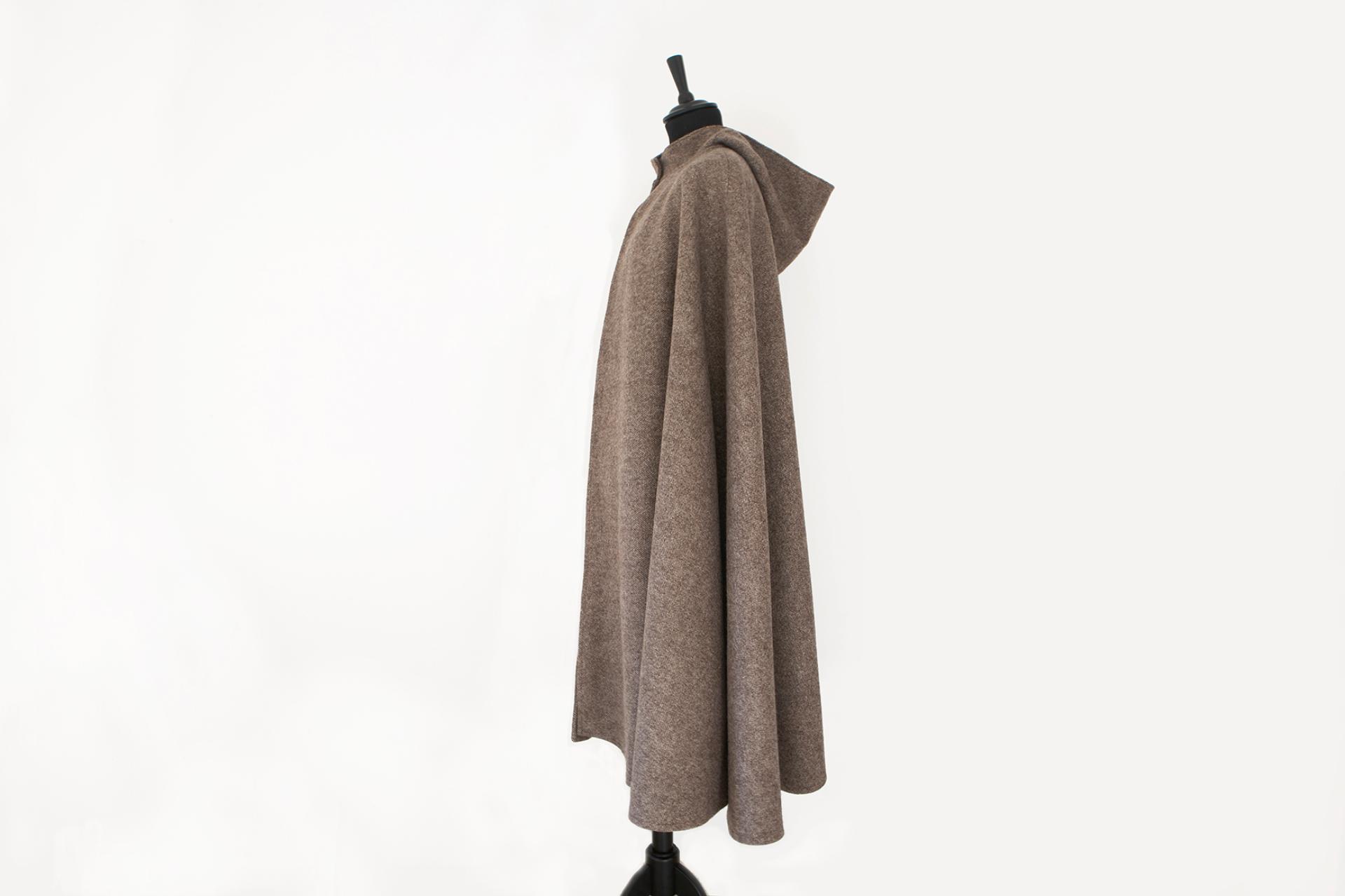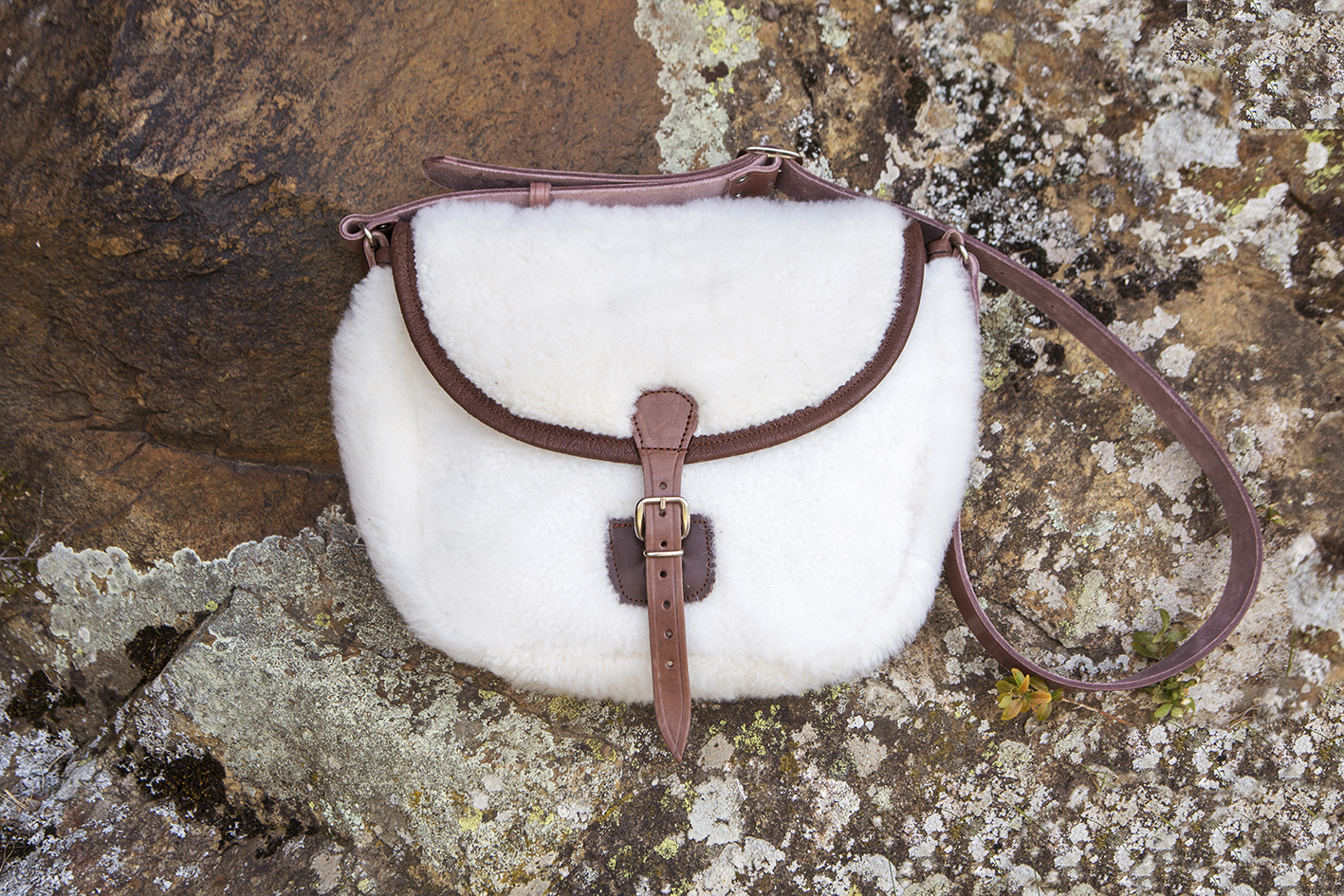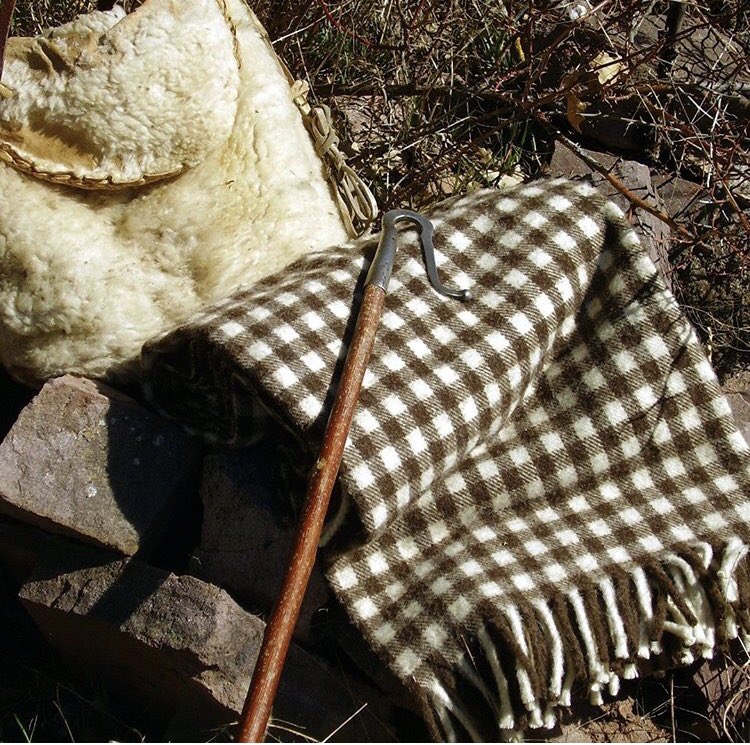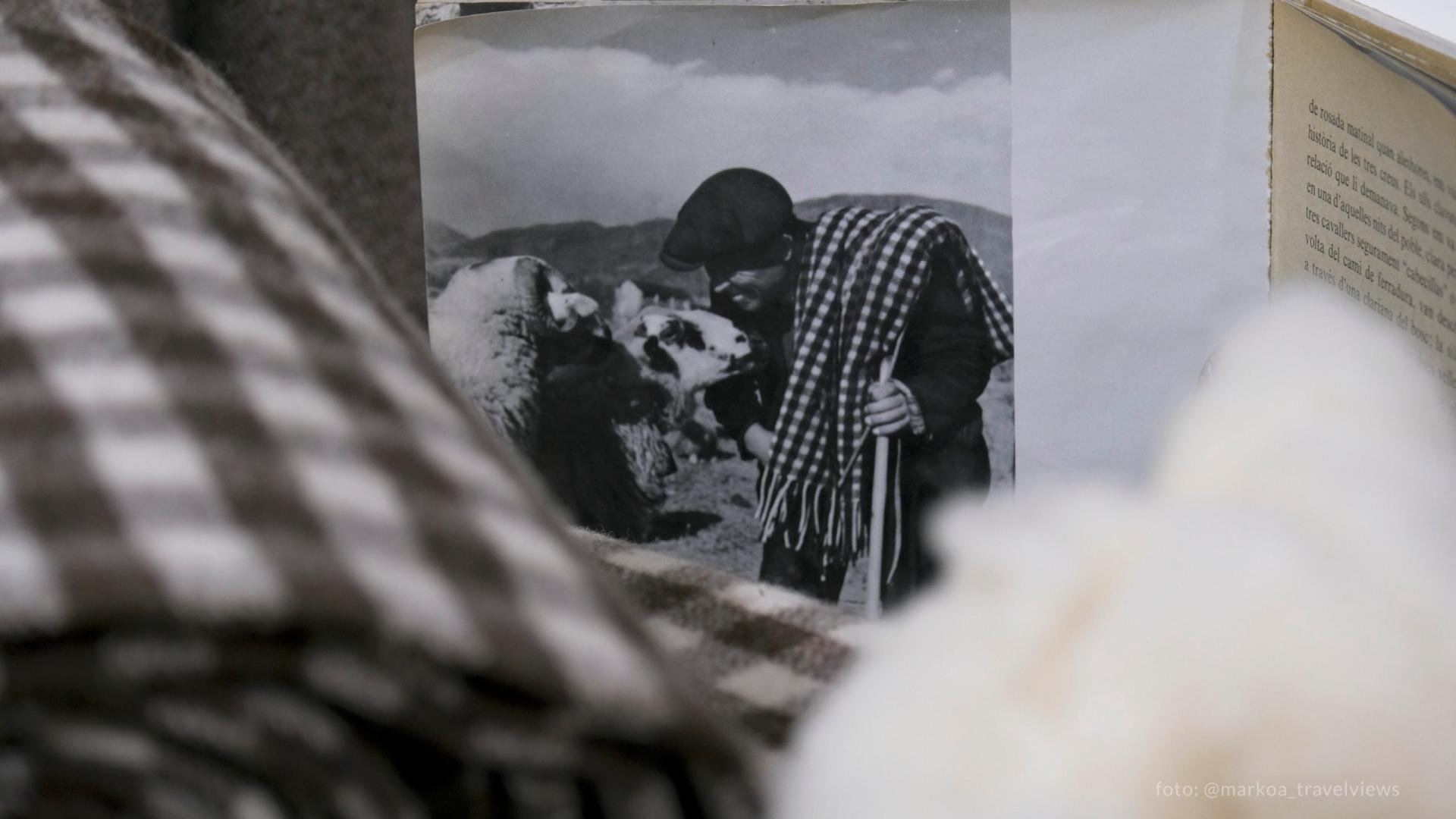Vital Pirineus
Basic information
Project Title
Full project title
Category
Project Description
VITAL PIRINEUS is a brand that expresses the ancestral culture of the Pyrenees in austere, sustainable and responsible products with the territory and the history of the place using natural fibers and materials such as wool, linen or wood.
Vital is a brand inspired by pastoral culture of the Pyrenees, where the mountain is the central axis. Vital is a frugal brand that looks towards the past to bring to the present principles such as respect to tradition, natural materials and rural aesthetics
Geographical Scope
Project Region
Urban or rural issues
Physical or other transformations
EU Programme or fund
Which funds
Description of the project
Summary
For centuries and in different parts of the world, mountain shepherds and rural communities have handcrafted their objects. Some objects show common traits and share materials, colors, aesthetics, design patterns linked to nature.
From the merger of this art and with the aim of reviving a tradition that could disappear over time, in 2019 VITAL was born, of the collaboration between Timoteo Ccarita Sacaca, Vicenç and Albert Gomà i Sala (“Vi” de Vicenç + “T” of Timothy + “AL” of Albert = VITAL). They are the entrepreneurs of VITAL, "connectors of different people and initiatives to create new things”, Timoteo Ccarita Sacaca is a master weaver, researcher of natural dyes and trainer of weavers from Pitumarca, in Cuzco (Peru), and preserves the Inca culture by maintaining original designs and techniques in the preparation of wool and its subsequent weaving. Vicenç is a artist who lived in a small town in the Catalan Pyrenees, Asnurri, and collaborates in the initiative as an artistic advisor. Albert Gomà i Sala, whose father was the son of an old house from Civis, a small villages in the High Pyrenees (catalunya, Spain), and with strong ties to the communities de los Andes, leads the project.
Vital Pirineus focuses on producing limited editions made from mountain materials such as wool, linen, wood and natural fibers. Its limited editions are sold to the final consumer, to interior designers and to a small selection of stores. In Europe but also in the Unites States. The collections recovers the traditional designs used for centuries in the Pyrenees. In 2020 we completed the recovery of the traditional shepherd's blanket, in 2021 the shepherd's bag and the shepherd's cape from the Pyrenees.
Key objectives for sustainability
We have already converted more than 8 tones of sheep's wool from the Pyrenees. The wool was not used before our intervention, it was a residue. Also, sheep wool is a natural material.
About twenty families from the Pyrenees who, with so much effort, preserve a small flock of barbarina breed sheep, collaborate with us. The barbarina sheep is the "rouge du roussillon". This is a traditional breed in the Pyrennes, mostly in Andorra, since the 19th century. It's a rare and endangeread sheep bread. So we preserve biodiversity.
Key objectives for aesthetics and quality
1) We foster the transformation of local products, designs and patterns into functional, beautiful and ready to use products we sell around the globe.
We have been present at international fairs and events: Maison et Objet, Paris; Ny Now, New York, Cultural Survival Bazaar, Boston; Xtant, Mallorca.
We work with interior designers from the USA, Andorra, France and Spain.
We have direct costumers from more than 30 countries
2) We convert a natural waste (sheep wool from the Pyrenees, which is not as fine as other wool are) to a high quality and added value fabric.
We elaborate our fabrics through the highest quality processes.
Sheep wool follows a traditional process in Val de San Lorenzo (Spain), from washing the wool, to obtaining a finished wool fabric. The Valley is one of the few places in Europe that preserves an ancestral wool tradition.
We obtain a high quality, fine and durable fabrics thanks to the use of traditional finishing processes.
Fabrics receive traditional "abatanado" (fulling) with hammers ("batán de mazos") for 48 hours in water. Finally, the tissues are hung and sun dried.
Key objectives for inclusion
We work and collaborate transnationally between the borders of Spain and Andorra through the mountains with small rural communities.
We connected small rural communities to global markets.
Almost half of the sheep flocks we work with are managed by women.
Results in relation to category
We would like to promote and preserve a Pyrenean identity related to an ancient culture and a way of living at the highlands of the Pyrenees. Traditionally practiced by small groups of rural people living in relative isolation from others where not only sheeps, horses and cows have a central role but also the materials they could obtain from their immediate environment (wool, wood or stone). We connect those communities through creative expression and artistic traditions.
However Pyrenenan culture has expanded into our global world and the movement now highlights a variety of different cultures. Pyrenean art is often related to a sense of place with a focus on historical continuity. It manifests in a variety of ways including song, dance, clothing, mythology, architectural design and religion. We would like to help preserving and transmitting those values.
We have already been present to fairs in the Unites States: Cultural Survival in Boston, New York Now in New York. In France in Maison et Objet in Paris.
We have had costumers from more than 30 coutries around the world.
How Citizens benefit
We co design with rural communities.
We recover and research the shepheds memories. Cultural heritage from many houses and families are present in our project.
Physical or other transformations
Innovative character
The branding and design process is really innovative in the context of the Pyrenees, elevating the value and dignity of the folk art related to the Pyrenees.
Learning transferred to other parties
Each local region could do the same process and methodology with their own community.
In general, each local community instead of immitate contemporary designs or products, just recover local and traditional designs, patterns and materials rooted in traditions that come from their own culture, community end environment.
Specifically, recovering artisanal techniques and designs may be self-taught or learned in family and community settings. Vital employ an infinite range of physical materials, as well as the immaterial vehicles of dance, music, spoken word or others. Art made by hand for both for community use as well as for sale to external global audiences. The project reflects the lives of its diverse makers with varying combinations of history and tradition, cosmology and myth, beauty and wit, creativity and personal expression, as well as observations and descriptions of the world around the Pyrenees. Vital is of, by, and for all people. It expresses ways in which communities and individual makers shape and express nuanced systems of identity, gender, class, power, belief, economics, aesthetics, and creativity through the Pyrenees. Products are a way of expresing a culture.

